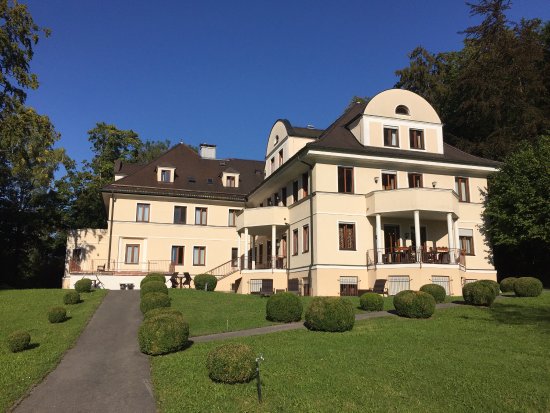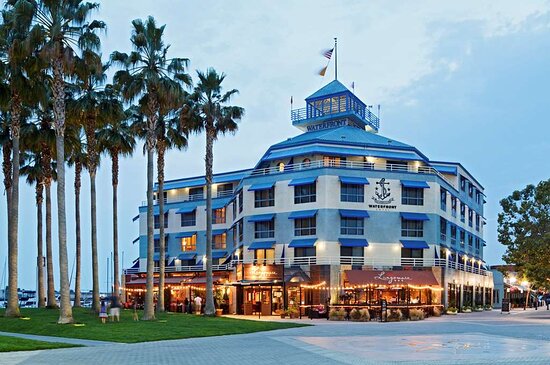on seasonal storms and related sand movements. There are 22 named islands and shoals. The archipelago is low-lying and is prone to substantial submersion in severe weather. It has an aggregate land area estimated variously at 1.3 km2 (0.50 sq mi) and 500 acres (2.0 km2). Economic activity in the region is limited to fishing on the very extensive shallow bank covering approximately 900 sq mi (2,300 km2) around the islands. By the early 19th century, most of the islands were in use as fishing stations. Geographically, the archipelago is part of the Mascarene Islands and is situated on the Mascarene Plateau formed by the separation of the Mauritia microcontinent during the separation of India and Madagascar about 60 million years ago.
Cargados Carajos
Saint Brandon, also known as the Cargados Carajos Shoals, is an Indian Ocean archipelago about 430 kilometres (270 mi) northeast of Mauritius consisting of a number of sand banks, shoals and islets. Saint Brandon consists of five island groups, with about 28–40 islands and islets in total, depending...read more
Plan your trip to Cargados Carajos
Experience the best tours, attractions & activities you won’t want to miss.
Enjoy up to 50% on hotels and restaurants in Cargados Carajos
Experience the best tours, attractions & activities you won’t want to miss.



